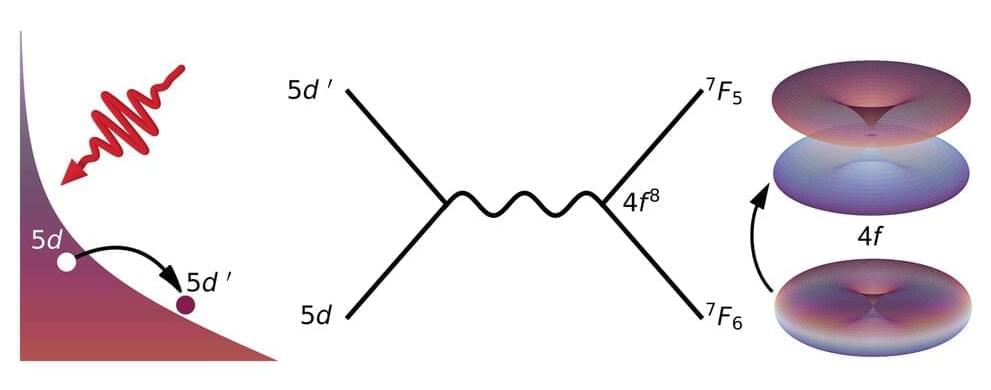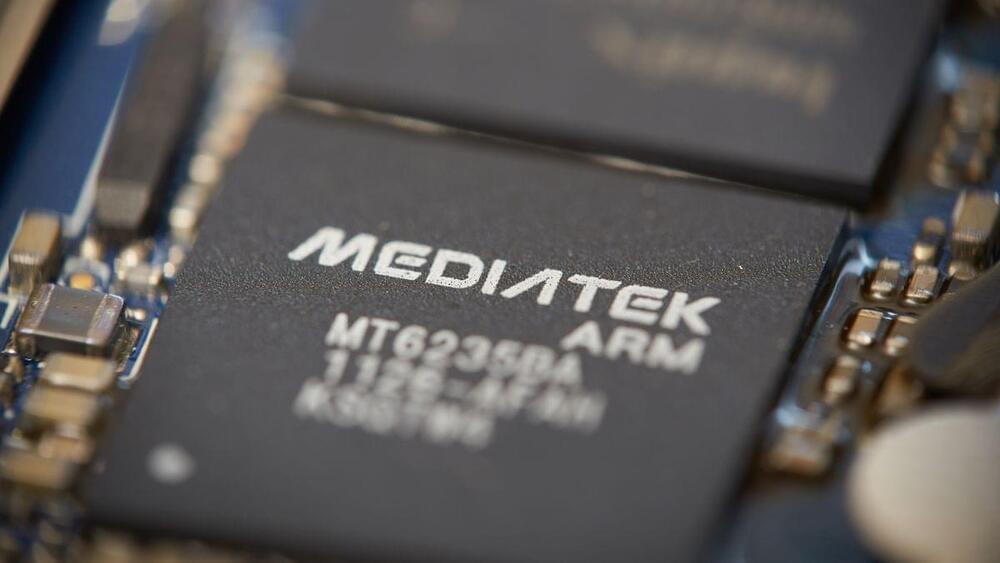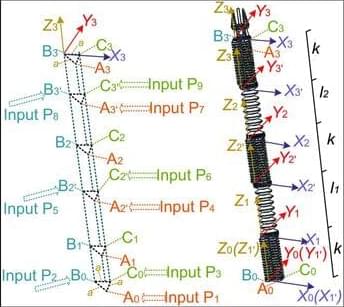Thin lips are a common cosmetic concern for people with scleroderma – and can impact a patient’s ability to chew, swallow, and sleep.
Writing in the Journal of the American Academy of Dermatology, a YSM team finds hyaluronic acid lip fillers are a safe and effective option.
Hyaluronic acid lip fillers are safe and effective for patients with systemic sclerosis, or scleroderma, a new Yale study finds.
Thin lips are not only a common cosmetic concern in patients with scleroderma, a condition that involves tightening and hardening of the skin among other effects on internal organs, but also can impact a person’s ability to chew, swallow, and sleep. In addition, the condition can be stigmatizing and have significant psychosocial impacts. Although hyaluronic acid fillers are commonly used in the restoration of lip volume, they have not been used routinely in patients with the disease due to concerns of worsening the autoimmune condition.
Researchers in Yale’s Department of Dermatology and Internal Medicine’s Section of Rheumatology, Allergy and Immunology published their findings in the Journal of the American Academy of Dermatology. They conducted a prospective study of seven patients with systemic sclerosis and perioral involvement to evaluate the safety and efficacy of these fillers in this patient population. Among the various types of cosmetic lip filler, the team chose Restylane® Silk (Galderma) a hyaluronic acid filler with low cross-linking, hypothesized to have lower immunogenicity.








